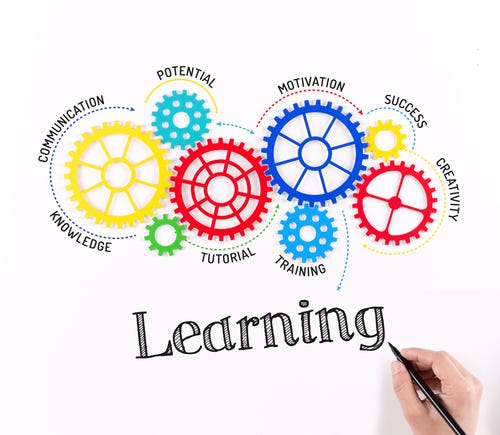UNIT 10: INDEPENDENT, SELF-DIRECTED,
AND SELF- REGULATED LEARNERS
A teacher needs to keep in mind that self-regulating
learning deals with self-awareness and self-motivation, those
allow students to apply their knowledge and skills in an accurate
way (Weimer, 2013). Some research has stated that self –regulating gives
students the chance to achieve
success due to the freedom in their learning process as they are
able to choose
the best way
in their learning process in order to get a better learning result. In this
section a self-regulated learner can manage time effectively, set own goals and strategies
in the learning
process.
As a conclusion, we as English teachers need to encourage
our individuals to become autonomous learners, in other words,
independent learners. An independent learner are able to take an active
role into the learning process. Furthermore, the role of an effective teacher
is to be just a guide of students, because they are the ones that need to work.
Video: in
this video self-learning is developed.
Sources:
-
Davidson Films,
Inc. (2010, July 24). Scaffolding Self-Regulated Learning in Primary
Classrooms (Davidson Films, Inc.) . Retrieved from https://www.youtube.com/watch?v=HeUUJ7SrMVg
-
Weimer, M.
(2013). Learner-Centered Teaching:Five Key Changes to Practice (Second
ed.). John Wiley & Sons.






:max_bytes(150000):strip_icc()/Interesting-People-57e1bed43df78c9cce33cbf8.jpg)
